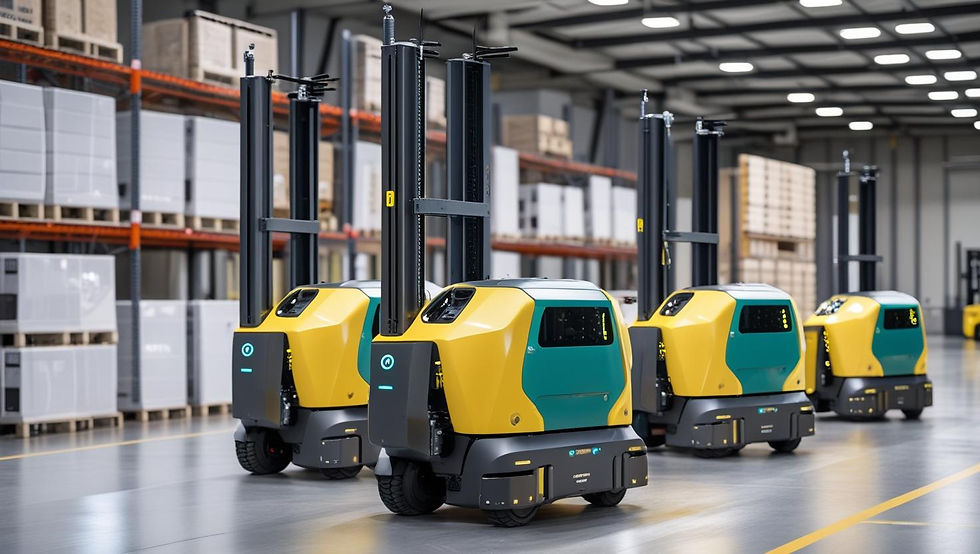Relationship between Machine Learning (ML) and Safety in Industrial Facilities
- Seeteria Team

- Feb 2, 2024
- 2 min read
Machine learning (ML) has emerged as a powerful tool that can revolutionize various industries, including manufacturing. This document explores the potential benefits and challenges associated with integrating ML into industrial settings to enhance safety.
Benefits of Machine Learning in factories.
Integrating ML into factory operations has numerous benefits that contribute to a safer working environment. Some key advantages include:
Predictive Maintenance: ML algorithms can analyze real-time data from machinery to identify potential issues before they cause accidents or breakdowns. By detecting patterns indicative of wear and tear, ML enables proactive maintenance, reducing the risk of accidents caused by malfunctioning equipment or vehicles.

Risk Assessment: ML algorithms can analyze historical data, including incident reports, safety metrics, and environmental factors, to identify potential hazards. By leveraging vast amounts of data, ML algorithms can accurately quantify risk levels and implement appropriate safety measures to mitigate potential accidents.
Automated Systems: ML-powered automation systems can streamline and automate repetitive tasks, reducing human error and the potential for accidents. By automating certain processes, ML frees up workers to focus on more crucial tasks, increasing overall productivity and safety.
Challenges in Machine Learning and Safety
While ML offers significant potential to enhance safety in factories, several challenges need to be addressed. Some key challenges include:
Data Privacy and Security: The collection of sensitive data, such as employee records, sensor data, and video footage, is essential for ML algorithms to function effectively. However, ensuring data privacy and secure data storage is essential to prevent unauthorized access and potential data breaches.
Bias and Fairness: ML models trained on historical data may inherit biases and prejudices. It is essential to ensure that ML algorithms are unbiased and fair to all employees, avoiding discrimination and promoting a culture of safety.

Interpretability and Exploitability: ML algorithms often produce complex decision models, making it difficult for humans to understand the reasons behind certain safety outcomes. Developing interpretable and explainable ML models can empower factory workers to make informed decisions and build trust in ML-based safety systems.
Human-Machine Interaction: The introduction of ML into factory workflows requires careful consideration of human-machine interaction. Ensuring intuitive user interfaces, clear communication, and seamless integration of human and algorithmic decisions is crucial for maintaining safe and efficient operations.
Conclusion
The relationship between machine learning and safety in factories is a complex and evolving one. Leveraging the power of ML can enhance safety by providing predictive maintenance, risk assessment, and automated systems. However, challenges such as data privacy, bias, interpretability, and human-machine interaction need to be addressed to ensure a robust and reliable safety ecosystem. By addressing these challenges and harnessing the full potential of ML, factories can realize a safer and more productive working environment.




Comments